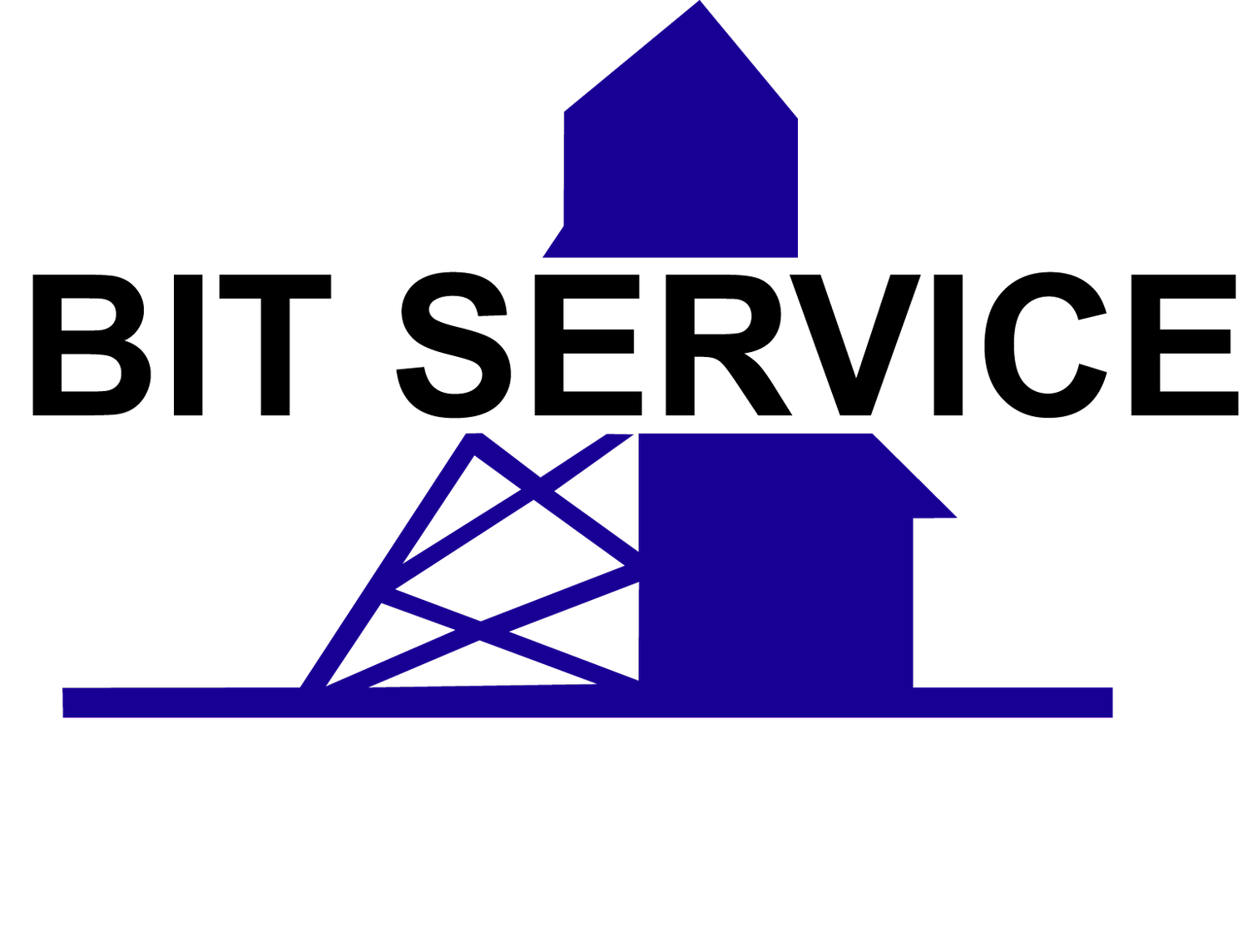Safety and Personal Protective Equipment
By: Scott Bahr
Safety is of the utmost importance to any job. When it comes to working closely with hazardous materials or in dangerous situations, you need to make sure you are prepared to protect yourself from bodily harm. Here’s what you need to know about safety and personal protective equipment (PPE).
What is PPE?
PPE is the last line of protection between you and any harm that may come to you. PPE is meant to not only protect your external body, but also to ensure you aren’t breathing in or accidentally ingesting anything harmful. Several different types of PPE can be used for various jobs, and there are also standards that you need to adhere to at the very minimum to make sure you are protected in your line of work.
Considerations when choosing PPE
The Canadian Centre for Occupational Health and Safety notes a few things are important when it comes to choosing PPE for a particular job. A major point is that not all PPE is crafted the same – you should select your protective equipment based on the type of hazard and degree of protection required for a particular line of work. Besides this, you should also make sure PPE is fit for all types of workplace hazards, including secondary threats you may not think about but are very much present on the job, even if you are not directly working with them. You should make sure to properly train employees who will be doing the work or make sure you are fully trained on how to properly use PPE in your line of work. Make sure all your PPE is properly stored and maintained. If the equipment isn’t taken care of, it’s effectiveness could decrease. Finally, if protective equipment is found to be defective, it needs to be immediately discarded and replaced.
Industrial and construction PPE
When you are working in the fields of industrial or construction work, you need certain types of PPE to keep you safe. For this line of work, you’ll need to have head protection, like a hard hat, to protect against falling objects. You should have safety glasses to protect your eyes from intense light, UV rays, infra-red rays as well as any flying debris or dust particles. Earplugs or earmuffs can protect against noise, and safety footwear can protect against anything falling or crushing your toes (make sure to get footwear with steel toes). Using safety gloves can protect against anything you touch that could be harmful like toxic chemicals or electric wires. Finally, if you are working up high, you should be protected by fall protection equipment.
Chemical PPE
When it comes to protecting yourself against chemicals, you will need specific types of equipment to prevent any hazardous materials that can harm you. Safety glasses will protect your eyes from chemical liquid splashes and dust, hard hats will protect your head from falling material, and ear protection will prevent hearing damage from any excessive noise. Gloves, similar to industrial and construction PPE, will prevent any corrosives or toxic materials from affecting your hands. Clothing and footwear that are made to protect against toxic or corrosive materials are necessary as well. Finally, different form industrial and construction PPE, you should have a respirator that can protect your lungs from any toxic gases, vapors, fumes or dust that you may accidentally inhale.
If any kind of PPE malfunctions or does not do its job, a safety investigation needs to be conducted, and changes need to be made, immediately. Worker’s safety is not taken lightly. Always remember, your health is your livelihood. Protect yourself and your future.
